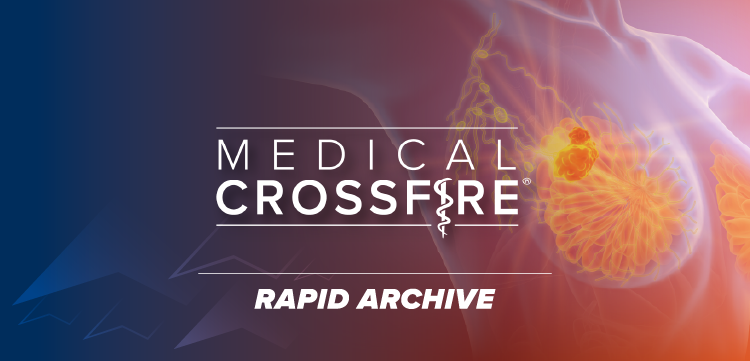
Robert J. Motzer, MD, on the Rationale Behind the Phase 3 CLEAR Trial for Advanced RCC
In the CLEAR study, investigators compared lenvatinib plus either pembrolizumab or everolimus versus sunitinib in patients with advanced renal cell carcinoma.
Among patients with advanced renal cell carcinoma (RCC), compared with sunitinib (Sutent), combination treatment with lenvatinib (Lenvima) and pembrolizumab (Keytruda) demonstrated significant improvements in progression-free survival (PFS), overall survival, and objective response rate (ORR). Additionally, combination treatment with lenvatinib plus everolimus (Afinitor) demonstrated significant improvements in PFS and ORR, according to results from the phase 3 CLEAR trial (NCT02811861) presented at the 2021 American Society of Clinical Oncology (ASCO) Genitourinary Cancers Symposium.
Importantly, the safety profile of each combination was found to be manageable and consistent with the known single-agent profiles.
In the study, investigators compared lenvatinib plus pembrolizumab or lenvatinib plus everolimus versus sunitinib in patients with advanced RCC. The primary end point was PFS by Independent Review Committee per RECIST v1.1. Secondary end points included OS, ORR, and safety.
In an interview with CancerNetwork®, Robert J. Motzer, MD, a medical oncologist at Memorial Sloan Kettering Cancer Center, explained the rationale behind this trial.
Transcription:
Lenvatinib is a tyrosine kinase inhibitor [TKI] that hits the VEGF receptor, as well as others including FGF, and it was approved in combination with everolimus [based on results from] a randomized phase 2 trial; that was a 3-arm trial that only consisted of about 150 patients. And it was approved based on overwhelming efficacy and response, PFS, and even a survival benefit. But part of that approval was to gain more experience with that particular regimen, and based on the efficacy, we decided to study it in the first-line setting compared with sunitinib, which is the standard of care. At the same time, there were studies that were being done with VEGF TKIs combined with checkpoint inhibitors that were showing a high level of activity. We rather quickly did a study combining pembrolizumab with lenvatinib that also showed striking activity. And so, the trial was really [conducted] to look at 2 different lenvatinib combination arms compared with standard sunitinib. In terms of the dosing, the dosing was based on dose finding studies that identified that in combination with pembrolizumab, the dose of lenvatinib was 20 mg per day. And the earlier study in combination with everolimus–there was a dose finding study that showed the optimal dose in that combination was limited to 18 mg per day.
Reference:
Motzer RJ, Porta C, Eto M, et al. Phase 3 trial of lenvatinib (LEN) plus pembrolizumab (PEMBRO) or everolimus (EVE) versus sunitinib (SUN) monotherapy as a first-line treatment for patients (pts) with advanced renal cell carcinoma (RCC) (CLEAR study). J Clin Oncol. 2021;39(suppl 6):269. doi: 10.1200/JCO.2021.39.6_suppl.269
Newsletter
Stay up to date on recent advances in the multidisciplinary approach to cancer.





















































































